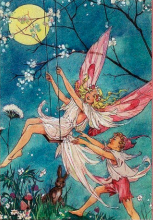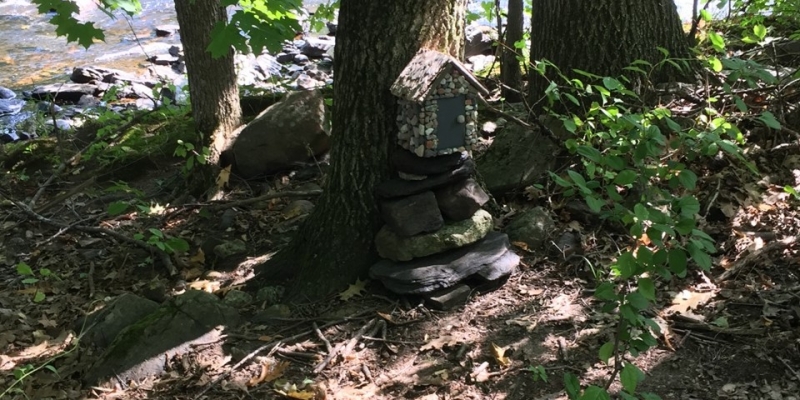
North Country Fairy House
Ask A Fairy: Spring 2018
The wait is finally over! The fairies are thrilled you found their houses, and have been working hard to answer all of the thoughtful questions. Thimble Hickory and Blossom Dewdrop are your fairy experts on North Country nature and fairy culture again for this round. They’re on their way to their northern summer nesting spot, but they already can’t wait to pass through the North Country again in the fall!
Thimble and Blossom are here to share their passion and knowledge about the North Country forest.
What do you do with ticks?
Hi, there!
Since we are tiny and love to fly around, fairies usually don’t get ticks! My good friend, white-tailed deer, though, gets lots of them. I help her out by carefully removing the entire tick from her fur. Sometimes she needs additional care after getting a bite, which she gets from her parents or the forest doctor.
Where else do fairies live in the North Country? (Jason, 36 and Taylor, 23)
Hi, Jason and Taylor!
We don’t actually live in the North Country, but we love to visit our woodland friends here when we migrate through in the spring and fall. This year, we enjoyed visiting houses in Canton, Ogdensburg, and Clare. We’ve heard there are other fairies in the North Country forests, but we haven’t found them yet - maybe you will!
Are tent caterpillars’ hairs for decoration or spikes so no one can touch them? And how do they make their tents? (Fable, Grade K)
Thanks for your question, Fable!
You’re exactly right. Tent caterpillars use their hairs to keep people from touching them! Their hairs are intended to look scary, but they aren’t actually harmful. They know that plenty of other caterpillars have sharp spines, or even hairs that make anyone who touches them get all itchy and red. Tent caterpillar hairs mimic the itchy ones, so cautious predators won’t choose them for a meal. But don’t tell them I gave away their secret! They’d still prefer not to be touched.
Tent caterpillars make incredible tents, don’t they? We don’t like them because they eat up all the leaves on the trees, but we agree that they are expert tent-builders! Eastern tent caterpillars make their tents from silk made inside their bodies. The tents are always in a sunny part of the tree, and are used to help them stay warm in the spring.
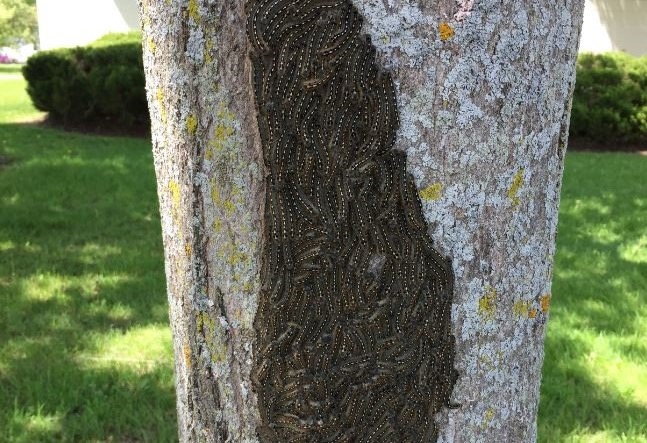
Forest tent caterpillars gathered on a tree.
Can we see the fairies? (Letty, 2)
Hi, Letty!
We are very shy and pretty fast, so it’s rare to see one of us. When you’re in the woods, though, stay still and watch closely. If you see a quick movement in the leaves, it might just be a fairy!
What do fairies eat? (Brooklyn Gollinger and Emilie, 5)
Hi, Brooklyn and Emilie!
Fairies don’t have grocery stores like humans, so we get all of our food from wild plants! My favorite snacks are dandelion, wood sorrel, and wild blackberries. Make sure you get help from an adult, but you can forage and taste these yummy plants, too!
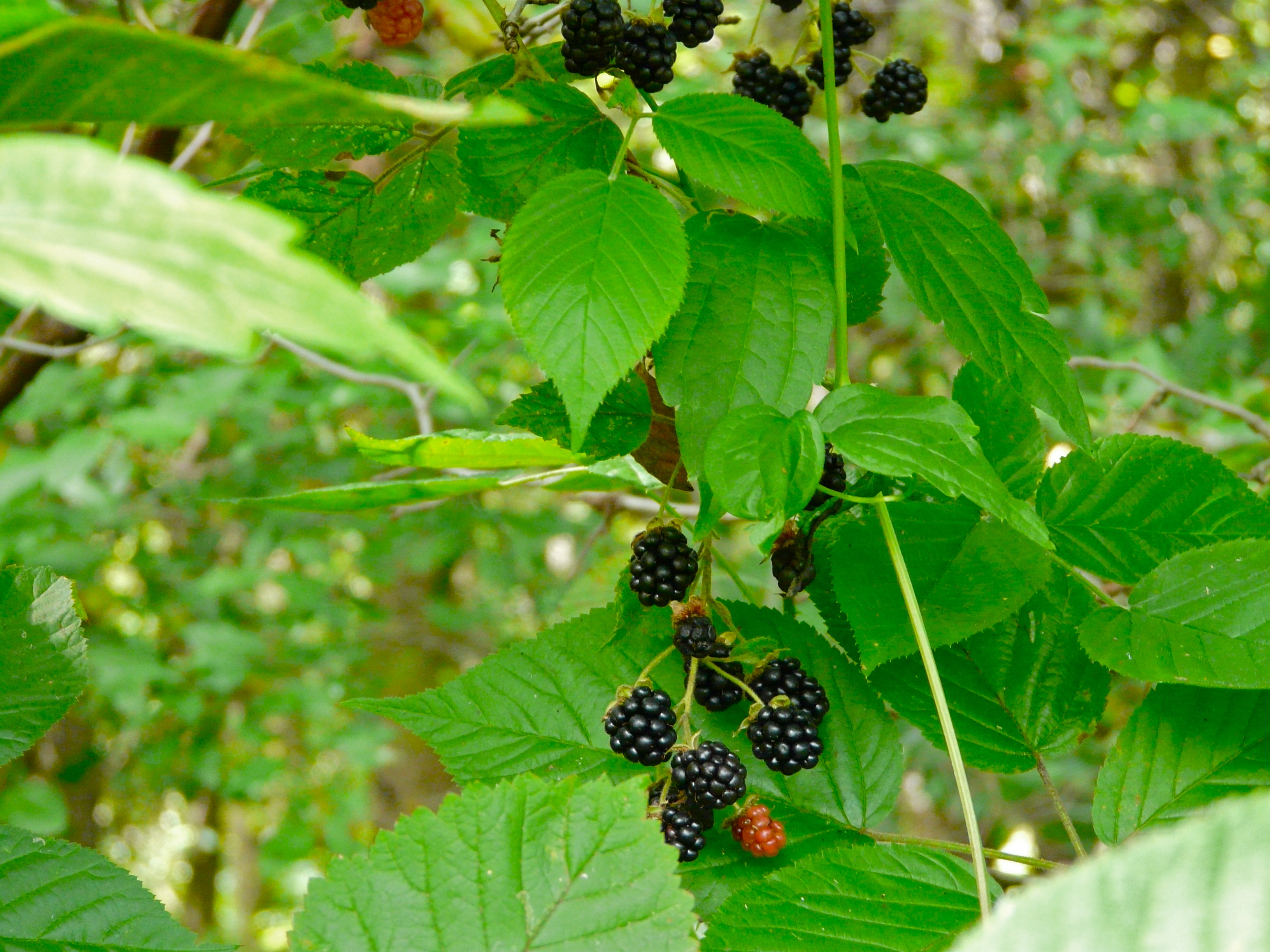
Wild blackberries along the SUNY Canton river trail.
What do you like to do? Are there boy fairies? (Awna, 5)
Hi, Awna, thanks for asking!
There are fairies of all kinds, boy and girl, and we love to explore the forest! My fairy friends and I like to fly up mountains, slosh through marshes, and go swimming in waterfalls. We have lots of animal friends that join us, too. Today, we relaxed all day on a floating water lily with our frog and tadpole pals. This evening, we’ll be at a tree party enjoying berries with our friends the finches!
How do fairies take baths? Why is there water in the woods? (Emilie, 5)
Hi, Emilie!
There are typically pools of water scattered throughout the woods in the springtime. These are called vernal pools. They fill up during snow melts or rainfall, but when it gets too hot in the summer, they dry up until the next year. Vernal pools are short-term home to many animals like wood frogs and salamanders, and also make the perfect bathtub for fairies!
Why does moss grow on trees? (Sophia, 4.5)
Hi, Sophia!
Mosses are small plants that typically grow in damp and shady areas. Sometimes, they’ll grow on the base of a tree, but you may be thinking of lichen, which usually grows on trees and rocks. A lichen is made of algae and fungi, part mushroom and part plant! Lichens use photosynthesis, like plants, to make their own food. They use trees and rocks as a hard surface to stick to so they are able to grow. Both mosses and lichen can be soft, and make the perfect fairy pillow for an afternoon nap!
Are the ash trees going to be ok? (Brianna, 12)
Hi, Brianna!
I’m glad you’re interested in protecting the trees in our community! Emerald ash borer, an invasive beetle, has recently arrived in the county and could harm our ash trees. Nature Up North and others in the area are working hard to save the trees, and luckily, you can help, too! If you see an ash tree, you can map it as part of Nature Up North’s citizen science project. You and your parents can find out more on this website about how to participate if you visit the invasive species page.
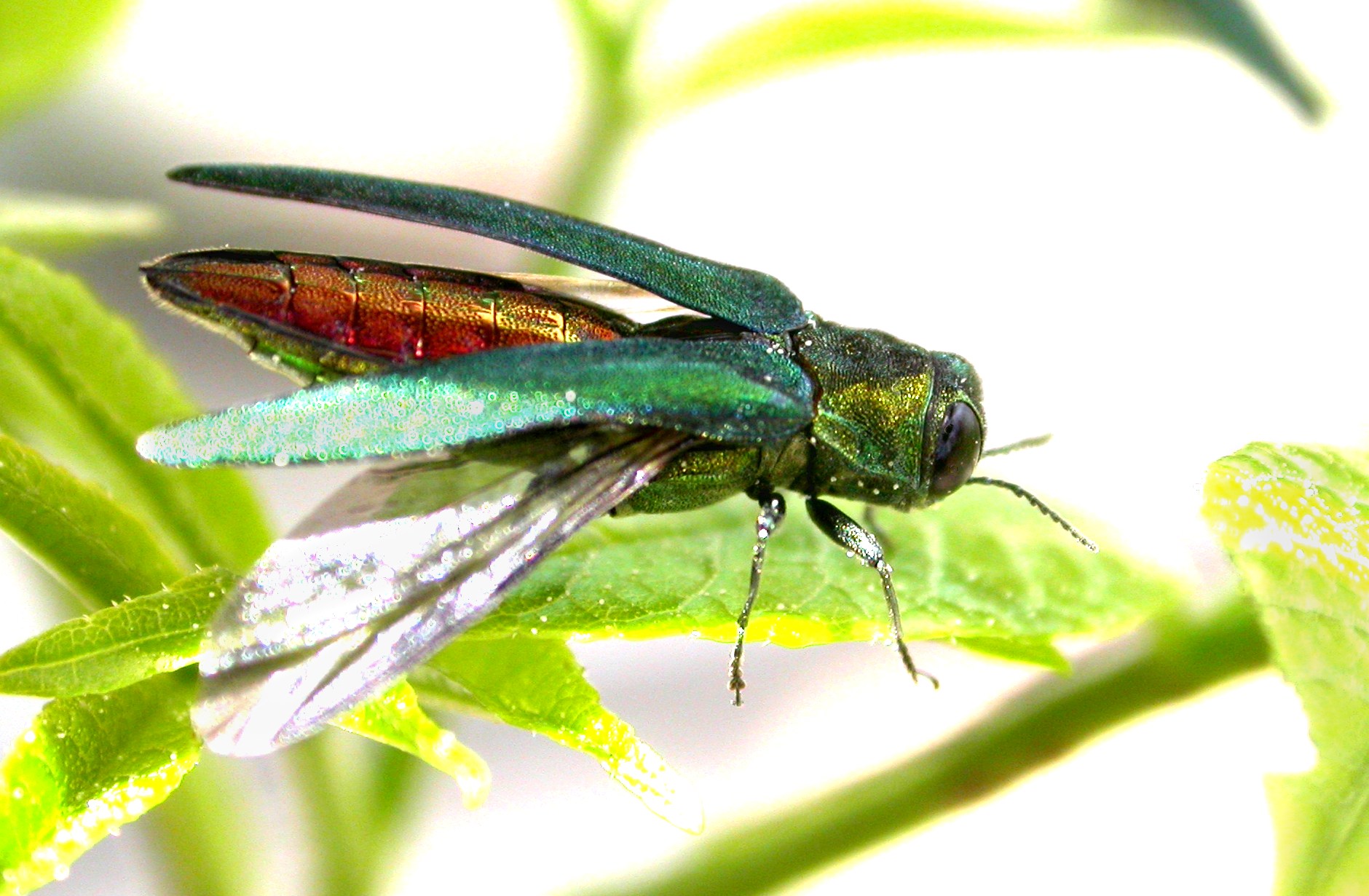
Emerald ash borers take a toll on local ash trees. Photo: Flickr Creative Commons, USDA.
What is your favorite animal? (Ethan)
Thanks for your question Ethan!
My favorite animal is the blue jay. While they are pretty common, I think they are amazing and super smart! Did you know they are closely related to crows and ravens? Blue jays will mimic the calls of hawks to trick other birds into thinking a predator is nearby. They eat mostly insects, and are able to communicate with each other using movement, sort of like sign language. I especially love their bright blue color, and some blue jays stick around in the winter and keep us company!
Why do some trees look weird? (Warren, 7)
Hi, Warren!
Great question. Trees come in all shapes and sizes, and there actually over 60,000 species of trees in the world! Trees might look unusual because of their leaves, bark, or shape, but these are what help the plant survive. Moose maple absorbs lots of sunlight from its big leaves. Other trees have waxy needles, like pine, in order to maintain water during the harsh winter. Tree bark often peels off in strange patterns as the tree grows. If you think a tree looks especially weird, it might be damaged from lightning or a hungry animal. Did you know porcupines love to eat tree bark? One of my favorite trees is the tamarack. Tamarack trees have soft needles that turn yellow in the fall, perfect for making a pretty skirt!
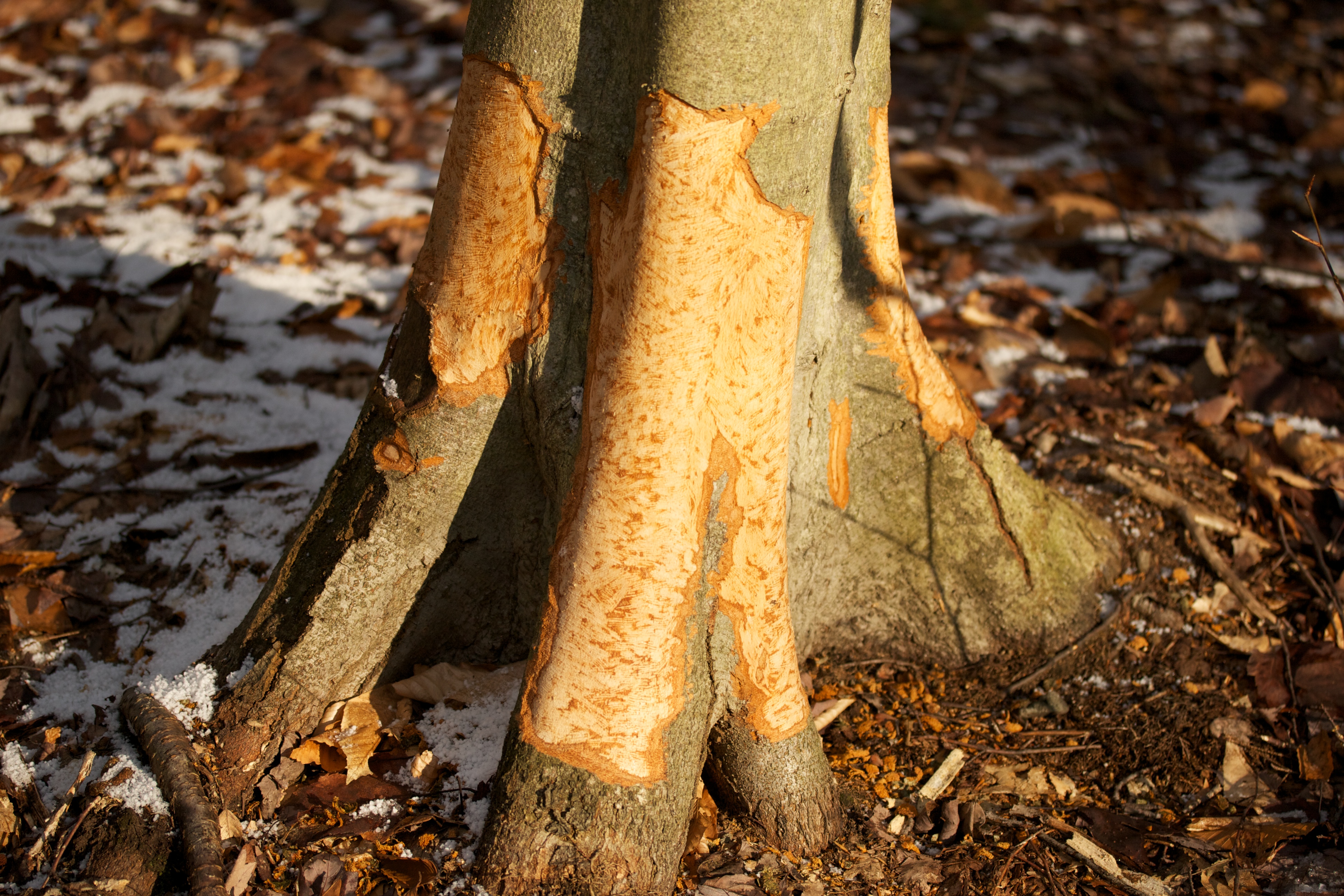
Maple tree affected by porcupine activity.
Thanks for all of the great questions! We love to see your curiosity and observations about nature. Keep an eye on our page to participate next time around!

